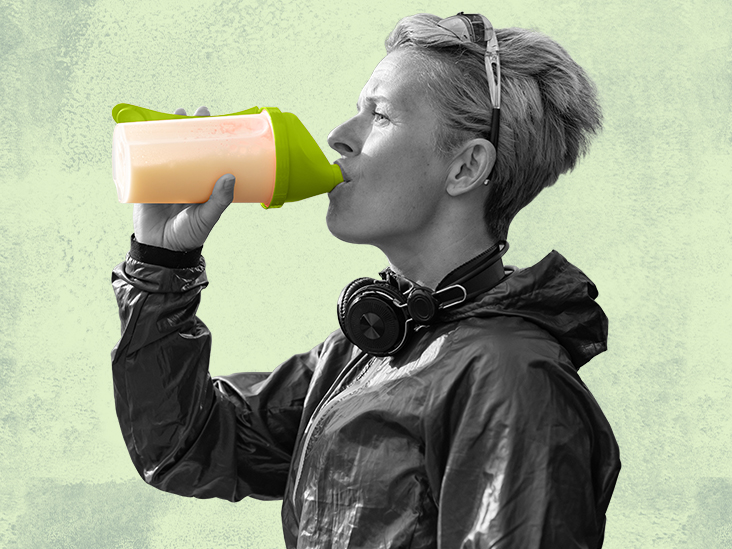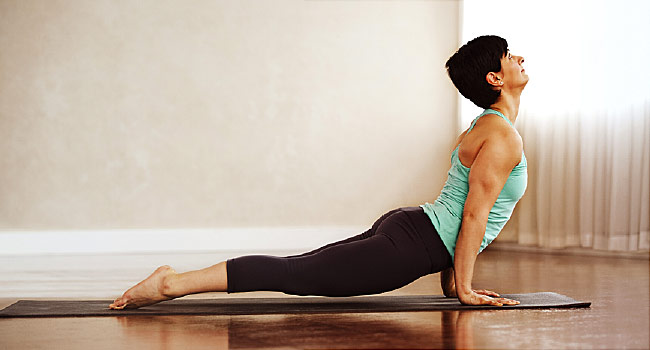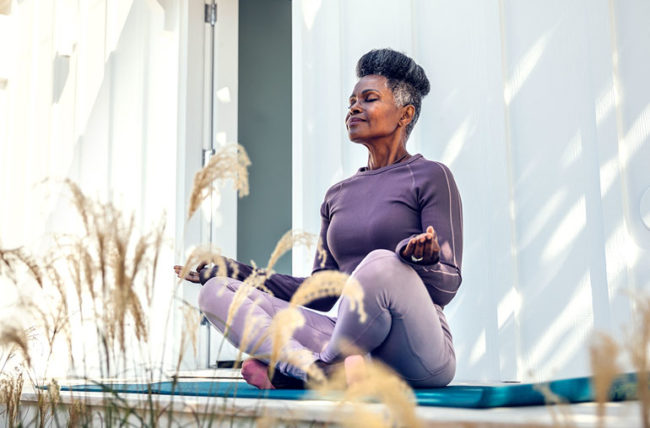Physical fitness defines a state of total well being and health and, more importantly, the capacity to do various parts of activities, jobs and sports without limitations. Physical fitness, in most general terms, is defined as the capacity to move around and do different activities without giving up and it involves flexibility, strength, endurance, muscle mass, and stamina. A person’s overall health is affected by his/her physical fitness level, which can be reflected in the health parameters like body mass index, blood pressure, and height among others. Physical fitness affects every system of the body starting from the brain to the muscles.
Most people in developed countries are fit and healthy; the only notable exception being the morbidly obese who are more prone to diseases like diabetes, cancer and heart disease. Physical fitness can be achieved through regular exercise, proper nutrition and adequate rest. The fitness regime should start at a young age for children to acquire muscle strength and adaptability while at the same time developing their motor coordination and flexibility. These early years of development are critical to the formation of motor skills and fitness and later on they develop strength, resistance, and stamina.
Aerobic or anaerobic fitness entails high intensity workouts that increases oxygen intake and reduces carbon dioxide output while improving the functioning of the immune system. It is very effective in decreasing the risk of heart diseases and strokes as well as in reducing weight. Aerobic exercises include swimming, cycling, running, walking, rowing, aerobic dancing, aerobics classes, etc. Low intensity cardio workouts have been proved to be equally effective in burning fat and improving health and fitness.
Core exercises improve the stability of the spine, pelvis, hips and shoulder girdle and are extremely important in maintaining a healthy posture. Core exercises help in the movement of the spinal musculature and provide strength to the muscles of the back. This includes the abdominal muscles, oblique muscles, trapezius, infraspinatus, teres minor, rhomboids, adductor magus, middle back, lumbar region, thoracic spine, upper back and hip muscles. Core workouts help in reducing injuries and providing a strong base for body weight and functional movements.
Strength training involves various exercises that build up the muscle groups in specific parts of the body. It improves strength and builds muscle power to support and carry out daily activities independently and in a functional way. Some of the major strength training programs include deadlift, squat, pull-up, bicep curl, military press, overhead press, deadlift, squats and bench press. These strength training exercises to improve bone density, lower limb length and joint mobility. They also reduce blood pressure and increase lung capacity.
Fitness involves the evaluation and implementation of a personal fitness program that is individualized for the specific needs of an individual. Fitness assessment is the first step in any fitness program to identify goals, assess physical fitness level and devise a plan of action to achieve those goals. A personal fitness program that is well structured allows individuals to meet desired goals by meeting the recommended level of physical activity for their height/weight and age. An individual’s progress in fitness improves over time with regular exercise and good eating habits.







